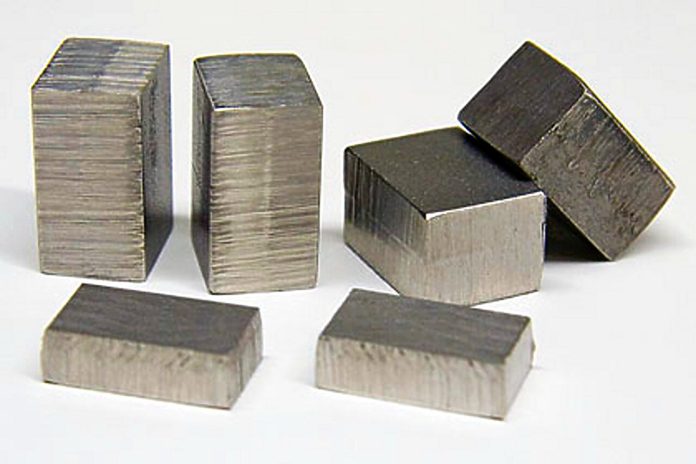
It’s a fact that most materials, be it solid, liquid, or gas, will grow larger when heated and shrink when cooled.
This is known as thermal expansion and is seen everywhere, from a hot air balloon taking flight to the flexible design of bridges and buildings.
However, certain metal combinations known as Invars (short for “invariable”) break this rule. Despite heating, they don’t change in size. In a recent study, scientists have finally figured out why.
Invars are special because they’re made of iron and nickel. When combined in a certain way, they display a peculiar trait.
Instead of expanding when heated, like most metals, they stay the same size. This unique property makes them useful for making very precise tools, such as parts for clocks and telescopes.
For a long time, scientists didn’t really know why Invars behave like this. It was thought to be linked to magnetism, because the effect only occurred in alloys that could be magnetized, but the exact reason was a mystery.
In a study published in Nature Physics, researchers from the lab of Brent Fultz at Caltech have now explained the secret behind Invars’ ability to resist heat-induced expansion.
The team of researchers measured both the vibration of atoms and the magnetism in Invars. They discovered that these two aspects interact in a special way to counteract the usual expansion when heated.
Here’s how it works: As any material heats up, its atoms begin to vibrate more. This makes them take up more space, causing the material to expand. In Invars, something else also happens. As the temperature rises, the magnetism within the alloy changes, causing it to want to shrink. These two forces – one wanting to expand and the other wanting to shrink – balance each other out, so the Invar doesn’t change in size at all.
This finding is a breakthrough. For more than a hundred years, scientists have been trying to understand why some metals don’t expand when heated. This research finally provides a holistic explanation.
This understanding could lead to advancements in magnetic refrigeration, and may also help explain the thermal properties of other magnetic materials.
So, next time you look at a clock or a telescope, think about the amazing science behind those tiny, heat-defying metal parts!
Follow us on Twitter for more articles about this topic.
Source: California Institute of Technology.



